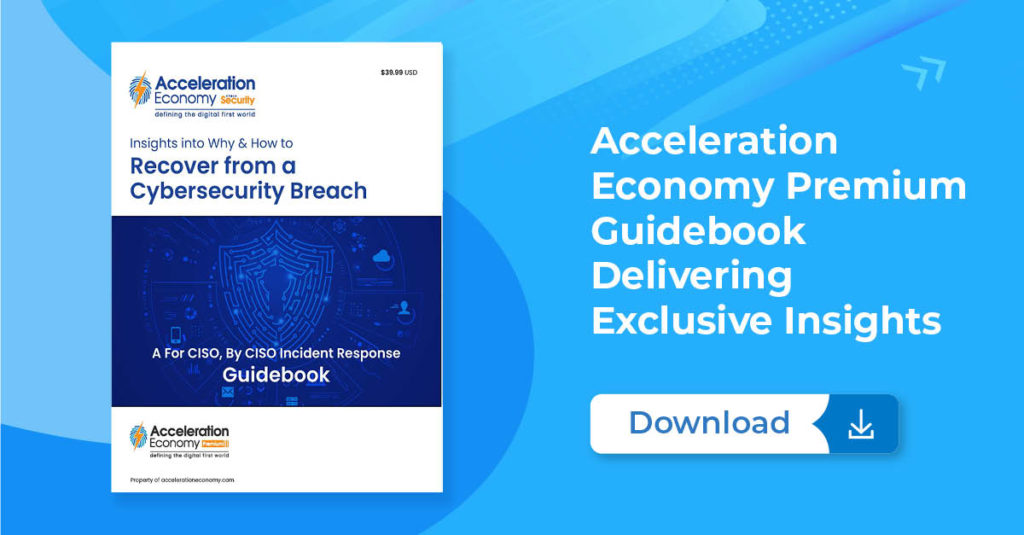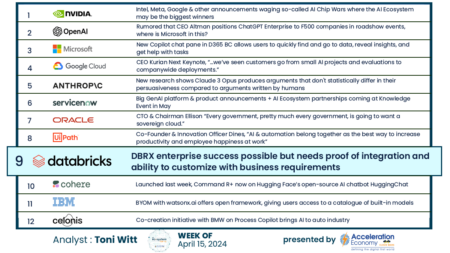In episode 56 of the Cybersecurity Minute, Frank Domizio outlines what a comprehensive multi-cloud security strategy looks like.
This episode is sponsored by Acceleration Economy’s Digital CIO Summit, taking place April 4-6. Register for the free event here. Tune in to the event to hear from CIO practitioners discuss their modernization and growth strategies.
Highlights
00:29 — With businesses increasingly relying on cloud computing, multi-cloud environments have become the norm. Multi-cloud comes with new benefits and new security challenges.
00:48 — One challenge is managing complexity. A multi-cloud environment consists of different cloud providers, each with its own security features, policies, and procedures. As a result, it can be difficult to ensure consistent security across all cloud environments. Frank says it is necessary to have a clear understanding of the risks associated with each cloud provider and to determine the right mix of tools and strategies to manage these risks.
01:14 — Another multi-cloud challenge is maintaining visibility. With data distributed across multiple clouds, it’s important to have a clear view of all assets and activity. To identify and respond to potential threats, security teams must have the right tools in place to monitor activity across all clouds and ensure compliance with regulatory requirements.
01:36 — Data must also be protected. The confidentiality, integrity, and availability of data are critical to the success of any business. In multi-cloud, data is distributed across multiple clouds. This data distribution requires a range of strategies such as encryption, access control, and data backup and recovery procedures.
02:05 — To address multi-cloud challenges, a comprehensive multi-cloud security strategy must be implemented. The strategy should take into account a combination of people, processes, and technology. The right people means hiring qualified security professionals with multi-cloud experience. It also means training the existing staff to understand the unique challenges of securing data in multi-cloud environments.
02:32 — Second, effective processes must be developed and implemented. This includes establishing a clear set of security policies and procedures that are consistent across all cloud environments. It also means regularly testing and updating these policies to ensure that they remain effective.
Which companies are the most important vendors in cybersecurity? Click here to see the Acceleration Economy Top 10 Cybersecurity Shortlist, as selected by our expert team of practitioner analysts.
02:51 — Finally, the right technology must be in place. This includes a range of security tools such as firewalls, incident detection and prevention systems, and Security Information and Event Management (SIEM) systems. The security team must ensure that these tools are integrated with each other and that they are capable of monitoring and responding to threats across each cloud environment.
03:14 — The CISO is responsible for ensuring organizations are well protected in this complex and ever-changing landscape. By implementing a comprehensive multi-cloud strategy that includes the right people, processes, and technology, a CISO can mitigate these risks and protect their organization’s data, reputation, and bottom line.
Want more cybersecurity insights? Visit the Cybersecurity channel:









